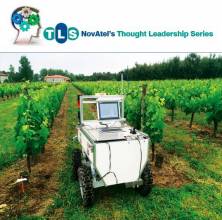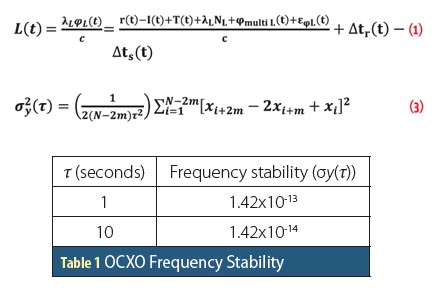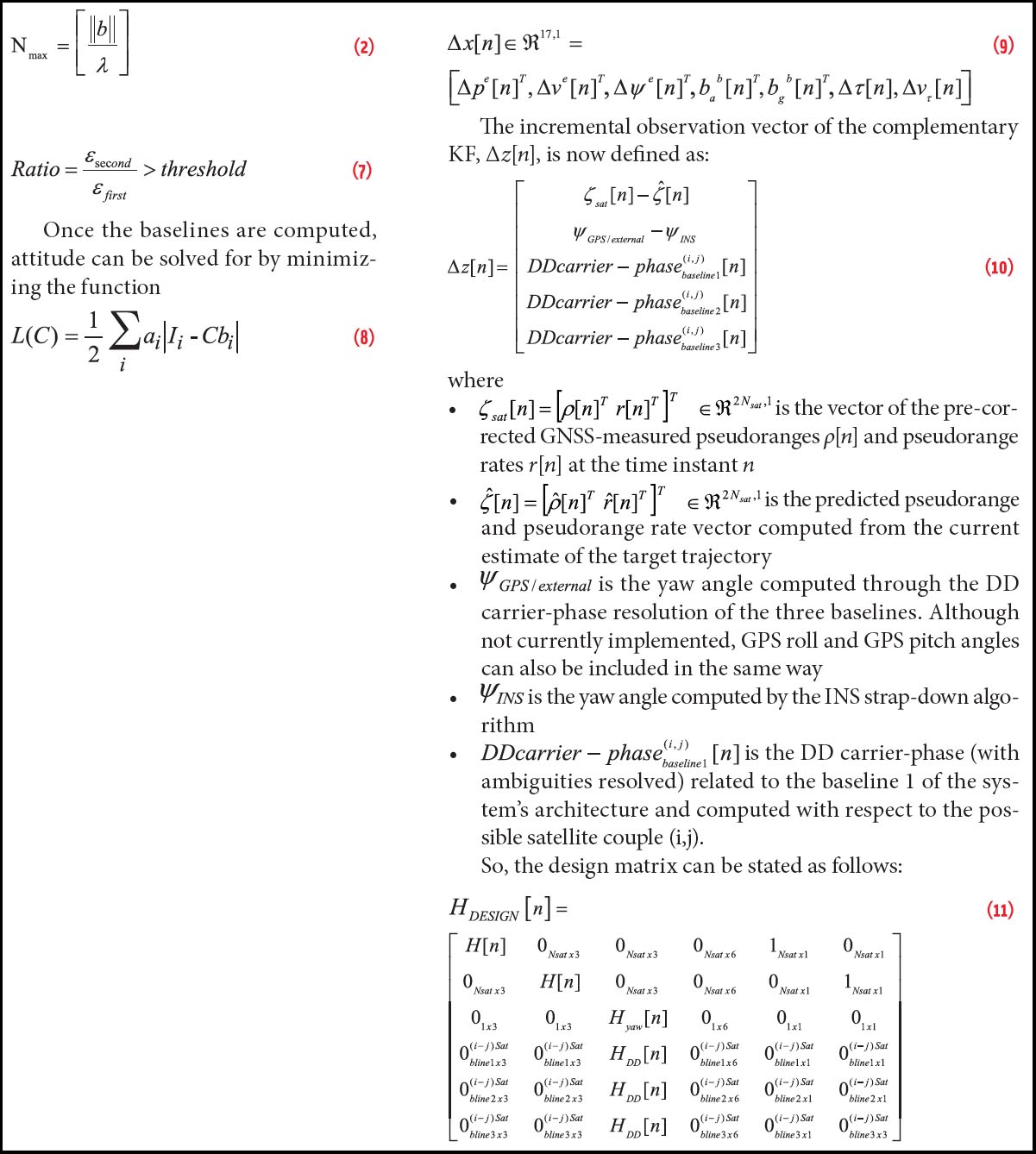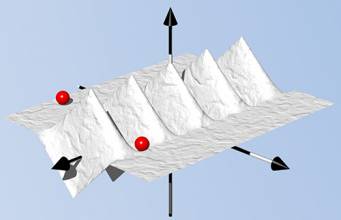5th International Colloquium on Scientific and Fundamental Aspects of the Galileo Program
 Rizzi Haus, Braunschweig, Germany
Rizzi Haus, Braunschweig, GermanyThe fifth international colloquium on scientific and fundamental aspects of the Galileo program will take place at the Physikalisch-Technische Bundesanstalt (PTB) in Braunschweig, Germany from October 27 – 29, 2015.
Early registration ends September 17, 2015. Abstract submission has ended.
By Inside GNSS




























